OUR PEOPLE
Improving the health of vulnerable groups
Vulnerable populations – including those with socio-economic disadvantage or with a diverse cultural or linguistic background – are at significant risk of poor health and poor access to health care, and are more likely to experience significant disparities in life expectancy and socio-economic status (Rukmana 2014).
Emerging evidence from our community engagements indicate access to primary healthcare services is worst for vulnerable populations within the PHN region.
The following population groups have been identified as vulnerable populations who are at greater risk of not accessing primary healthcare services and increased risk of living with chronic conditions:
- Aboriginal and Torres Strait Islander people
- Multicultural and refugee communities
- Low income or homeless
- LGBTIQA+ community
- Young people
- Older people
- Rural/remote communities
- People experiencing mental health conditions.
This priority area has been assessed against available services in our region. We consider service gaps in relation to these needs, and you can view services funded by the PHN through the PHN Services Library.
Opportunities
Vulnerable populations can benefit from additional support to access the health care they need. For example, in consultations with rural communities, service providers repeatedly mentioned the need for a service that would function as a helper, facilitator or ‘bridge-builder’ between services and vulnerable groups.
We recently undertook a deeper analysis of the needs and priorities in relation to the multicultural community and people at risk of or experiencing homelessness in our region.
Potential focus areas we identified include:
- health centres and local community mentors, social workers, facilitators and coordinators
- holistic collaboration between health and other social services – for example, between health and education services
- outreach health and education services for vulnerable groups in regional areas
- language support services attached to health services in areas with high levels of culturally and linguistically diverse residents
- health services at the community level and in different languages
- health transport from rural regional areas to centres for specialised health services.
Collaborative partners
- Hospital and Health Services
- Local Governments
- Peak bodies and service partners
- Accreditation and training agencies
- Community leaders.
The outcomes of these actions will be seen in:
- reduced levels of chronic disease in areas experiencing socio-economic disadvantage
- increased participation in primary and preventive healthcare programs
- reduced representation of socio-economically disadvantaged and culturally and linguistically diverse residents in acute and emergency care.
Our progress
The needs of vulnerable groups in the region have remained similar over the last three years. In general, the region has similar socio-economic disadvantage to the average for Queensland, and fewer people from a culturally or linguistically diverse background. However, some regional areas have a higher proportion of people from vulnerable groups and ensuring their access to appropriate health care is important to support their health outcomes.
Breaking down insights
Related priorities
- Improving the health of older Australians
- Preventing and managing chronic conditions
- Providing primary mental healthcare
- Treating alcohol and drug use
Updated: February 2025
Socio-economic and other disadvantage
Everyday living and working conditions have a significant effect on health. Factors such as income, employment, education and social support are all linked to the risk of chronic disease, including mental health conditions.
Our area of focus
On average, our region has some socio-economic disadvantage compared with the rest of the state, and more in regional areas. These areas are characterised by very low levels of education and income, and very high levels of unemployment and community members relying upon rent assistance.
Evidence
- The region’s relative
socio-economic disadvantage in 2021 was 960, compared with 996 for Queensland.
This has lowered from our region's previous score of 963 in 2016 (compared with 997 for Queensland at that time). A low score indicates relatively greater disadvantage in general, and a higher score a relative lack of disadvantage – 1,000 is the average score for Australia
(PHIDU 2025).
- Research indicates that
barriers to accessing healthcare such as
lack of health insurance and living in regional areas can
increase vulnerability when combined with socio-economic factors
(Rukmana 2014).
- The region has a relatively
high proportion of people living with a profound or severe disability according to recent reports:
7.1% compared with 5% for Queensland and 4.7% for Australia in 2023
(PHIDU 2025).
- Vulnerable residents told us that when it comes to healthcare access and support:
- they want more information about what support is available, mainly on chronic and mental health conditions
- they were
uncomfortable in interactions with health services
and needed
help to access services.
Culturally and linguistically diverse background
People with a culturally or linguistically diverse background often find it difficult to access health services. They may not expect services to be available because they have come from cultures with few services and a high degree of self-reliance. They may also face language barriers in finding out how to access services and in interacting with health professionals and technologies.
Our area of focus
Overall, our region has relatively low levels of people from diverse cultures and who report speaking English ‘not well’ or ‘not at all’, with higher levels in some communities.
Evidence
- Parts of the region are culturally and linguistically diverse, but overall the region had fewer people born overseas 22.1% than the Queensland average of 28.1%. This is an increase from our region's data in 2016, which was 14%. The areas of our region with the highest number of residents from non-English-speaking backgrounds are the more urbanised parts of the region like Springfield Lakes (PHIDU 2025).
- The Toowoomba (1.1%), Ipswich (1.1%) and Lockyer Valley (0.4%) regional areas had higher than average rates of migrants who have entered Australia under humanitarian programs in the most recent census reports (Queensland Government Statistician’s Office 2021). These migrants may face language barriers when finding out how to access services and interacting with health professionals.
- Residents with migrant and refugee backgrounds in the region come from many cultures, including from Afghanistan, Burundi, Congo, Cuba, Eritrea, Iraq, Liberia, Pakistan, Rwanda, South Sudan and Syria. The largest groups of people from non-English-speaking backgrounds are from India, Philippines and South Africa (Queensland Government Statistician’s Office 2021).
- Prevalent languages spoken by residents in the
West Moreton regional area include
Hindi, Punjabi, Samoan, Spanish, Tagalog and Vietnamese. In
Darling Downs, prevalent languages include
Afrikaans, Arabic, Dinka, Filipino, Mandarin and Tagalog
(Queensland Government Statistician’s Office 2021).



